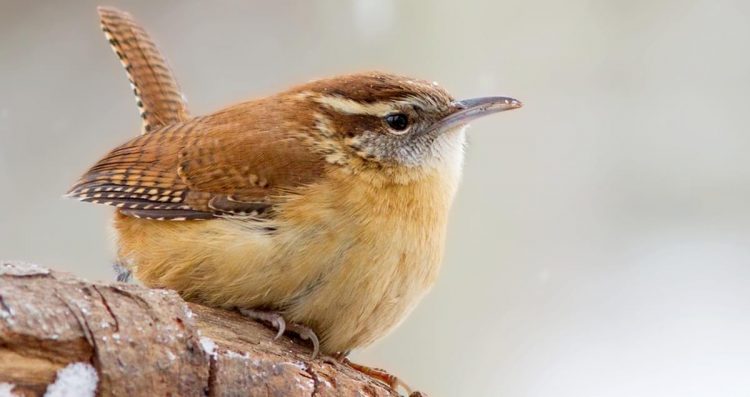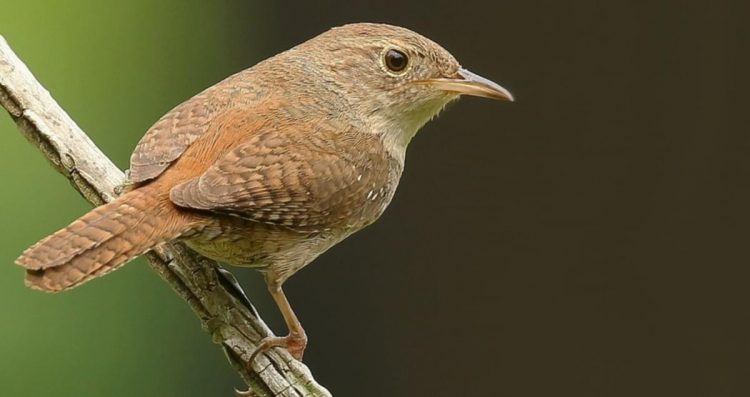It is very important for everyone to know how to make a first aid
box with useful Herbal Remedies. You may find, as many others have, that herbs
become an enthusiasm. Gradually but surely, they take over the entire house.
First, it’s only a small space in the bathroom closet; then, a cupboard in the
kitchen is cleared.
Next, the entire basement is given over to your herbal wares; and
abruptly, the cars are parked in the driveway because the garage is filled with
bottles of odd-looking preparations. About this time, your family may be
saying, “No more.” But let’s suppose you’re a long way from there and you just
want to organize a small kit of useful Herbal Remedies.
What Do
You Need for Herbal Remedies?
To make herbal remedies first aid kit, assess the needs of
yourself and your family, and any situations that could arise requiring first
aid. Do you have young children? What maladies are people in your family prone
to? A good kit consists of items that can be used for a variety of purposes.
The most basic first aid kit will include the following:
- All-purpose/burn
salve (burns, sunburns, cuts, wounds)
- Aloe
vera gel normally burns, sunburns, cuts, wounds
- Antifungal
salve (cuts, wounds)
- Cold
care capsules (colds, sluggish digestion, infections)
- Echinacea
tincture (boosting immunity, colds, flu, infections)
- Eucalyptus
essential oil (congestion [added to steams], achy muscles, insect
repellent, cuts and abrasions, warts, cold sores)
- Garlic
oil (ear infections, parasites, colds)
- Green
clay powder (splinters, disinfecting wounds, poultices for poison oak/ivy,
skin infections)
- Kloss’s
Liniment (splinters and slivers, poison oak/ivy)
- Lavender
essential oil (headaches, minor burns, and sunburn, insect bites,
congestion)
- Licorice
root tincture (sore throats, bronchial inflammation, herpes simplex I and
II)
- Garlic–Mullein
Flower Oil (ear infections, pain)
- Peppermint
essential oil (digestive problems, burns, mouthwash, stimulant) 76 Making
Your Own First Aid Kit
- Rescue
Remedy flower essence (trauma, both emotional and physical can be used
externally and internally for adults, children, and pets
- St.
John’s wort salve (burns, sunburn, swellings, pain, bruises, achy muscles)
- St.
John’s Wort Oil (burns, pain, nerve damage, depression, anxiety)
- Also,
tea tree essential oil (congestion added to steams], achy muscles, insect
repellent, cuts and abrasions, warts, cold sores, toothaches)
- Valerian
tincture (pain, insomnia, stress and nervous tension, achy muscles)
Many of herbs work nicely for minor emergencies. Moreover, to your
preferred medicinal teas, stock an assortment of powdered herbs for diverse
purposes. Also, they are easy to mix for poultices and to encapsulate as
required. Hence, keep your herbal first aid kit in a place that’s readily
available to you and your family.
Further, the baskets, sewing boxes, small suitcases, travel
pouches, cosmetic bags, and fishing tackle boxes make immense containers for
first aid kits. Hence, be sure everything is clearly labeled so that others can
use it. You might even wish to create a small first aid book that you keep near
your remedies so that others can decipher what to use.
Herbal
Remedies from Your Kitchen
Though not everyone has a medicine chest full of medicinal herbs,
everyone does have a kitchen. And, generally, that kitchen is filled with
medicinal plants. Indeed, many of my favorite medicinal plants have sneaked
into the household via the kitchen door, ushered in by the Mistress of Spices,
their healing spirits camouflaged in culinary garb.
Most of your favorite kitchen herbs double as well-known healers,
respected throughout the ages by various cultures. Many are still used in
herbal remedies and even pharmaceutical preparations. Think of how we tend to
associate the flavor of certain herbs with assured foods basil with tomatoes,
cloves with meat, horseradish with German food. Actually, these herbs were most
often used with those foods for medicinal reasons, not for flavor.
For example, basil aids with the digestion of the acids in
tomatoes; cloves and other spices helped preserve meat in the days before
refrigeration and prevented flies from laying eggs in it. Further, horseradish,
long associated with rich, oily cuisine, stimulates the digestion of oil.
Following is a cornucopia of kitchen medicines. See other useful and
medicinal kitchen herbs and spices.
1.
Basil
A much-loved tonic for melancholy and low spirits, basil has
antispasmodic properties that make it useful for headaches. It is commonly used
to treat stress-induced insomnia and tension and nervous indigestion, and it is
a well-known aphrodisiac.
2.
Black pepper
Considered one of the great tonics in traditional Chinese
medicine, black pepper is warming, energizing, and stimulating. It is indicated
for slow circulation, poor digestion, and “cold type” problems such as flu,
coughs, and colds. Some people find it an irritant. Jethro Kloss, a famous
herbalist of the early 1900s, publicized it as a toxic substance. However, most
people tolerate it well.
3.
Cardamom
With a divinely sensual flavor, cardamom, which belongs to the
same family as ginger, stimulate the mind and arouses the senses. It has long
been careful an aphrodisiac, in part because of its irresistible flavor. In
Ayurvedic medicine, cardamom is considered one of the best digestive aids. It
is frequently combined as an anticatarrhal (combating inflammation of the
mucous membranes) in formulas for the lungs.
4.
Chives
Chives are alike to garlic, though not as potent, so people
sensitive to garlic can often like chives’ medicinal and culinary offerings.
Like garlic, chives have antiseptic properties, and they also help in the
digestion of rich foods and protect the respiratory system.
5.
Cinnamon
Highly valued in traditional Chinese medicine as a warming and
stimulating herb, cinnamon is used to boost vitality, stimulate circulation,
and clear congestion. It is a well-respected digestive aid, has powerful
antiseptic actions as well, and is indicated for poor digestion, colds, and
flu. With its pleasingly spicy flavor, cinnamon is often used in medicinal
formulas to mask the flavor of less tasty herbs.
6.
Cloves
Clove oil is most famous as an analgesic for toothaches, but the
entire clove bud, powdered and applied directly to the gum, is as effective.
Aside from its analgesic properties, clove is stimulating, warming, and
uplifting. It is used for sluggish digestion and nausea.
- Dill
Dill is one of the most well-known of traditional English remedies
for infant colic, extolled in medicinal writings and nursery songs alike.
Dill’s warming and comforting qualities are indicated for gas and colicky
digestion. This herb is also an old folk remedy for hiccups.
7.
Horseradish
What better natural remedy is there for sinus congestion and head
colds? This is my number one favorite. The root is rich in minerals, including
silica, and in vitamins, including vitamin C. Its warming antiseptic properties
make it the herb of choice for asthma, catarrh, and lung infections.
Horseradish is also prized as a digestive aid and is especially useful as a
complement to heavy, hard-to-digest meals.
8.
Marjoram and Oregano
This is very calming and soothing herbs. Both marjoram and oregano
are used for nervousness, irritability, and insomnia due to anxiety and
tension. They are great to drink as a tea either in combination or singly when
you’re feeling edgy or to calm butterflies in the stomach. These delicious
herbs also have antispasmodic properties that can be used advantageously for
digestive and muscular spasms.
9.
Parsley
This superb garnish should never be left slighted on the side of a
platter. It may be, in fact, the most nourishing item on your dinner plate.
Also, it is rich in iron, beta-carotene, and chlorophyll. Parsley is used to
treating iron-poor blood, anemia, and fatigue. It will enhance immunity and is
indicated when you are prone to infections.
The main herb for bladder and kidney problems, it is a safe,
effective diuretic. Parsley is used for serving to dry up a mother’s milk
during the weaning process. Also, it is effective as a poultice for mastitis or
swollen, enlarged breasts. Because of this, you should not use parsley in any
quantities when nursing, as it may slow the flow of
milk.
10.
Rocket (Arugula)
Imagine the delight when you discovered that arugula, one of much
favorite salad green, was a famous sexual stimulant and tonic. I’m not sure
whether to indulge more or be more temperate in my servings.
11.
Thyme
This is the best herb we have for stimulating the thymus, a major
gland of the immune system. Thyme is a great pick-me-up when you have low
energy. Its antispasmodic properties are useful for lung problems and for
convulsive coughs, such as whooping cough.
It’s an excellent remedy for sore throats (combined with sage),
head colds (combined with horseradish), and stiffness related to chills. Thyme
also helps stimulate the body’s natural defenses and, combined with echinacea,
boosts the immune system.
12.
Turmeric
This is one of the best herbs for immune health. It is often
overlooked because of the huge popularity of echinacea. But, for many
centuries, it has upheld its reputation for its immune-enhancing properties and
is highly regarded for its anti-tumor and antibiotic activities. In East Indian
medicine, it is valued as a blood purifier and metabolic tonic.
Turmeric is used to regulate the menstrual cycle and relieve
cramps, reduce fevers, improve poor circulation, and relieve skin disorders.
Though, it is highly valued as a first aid treatment for boils, burns, strains,
swelling, and bruises. Also, Read - Herbs and
Foods

















